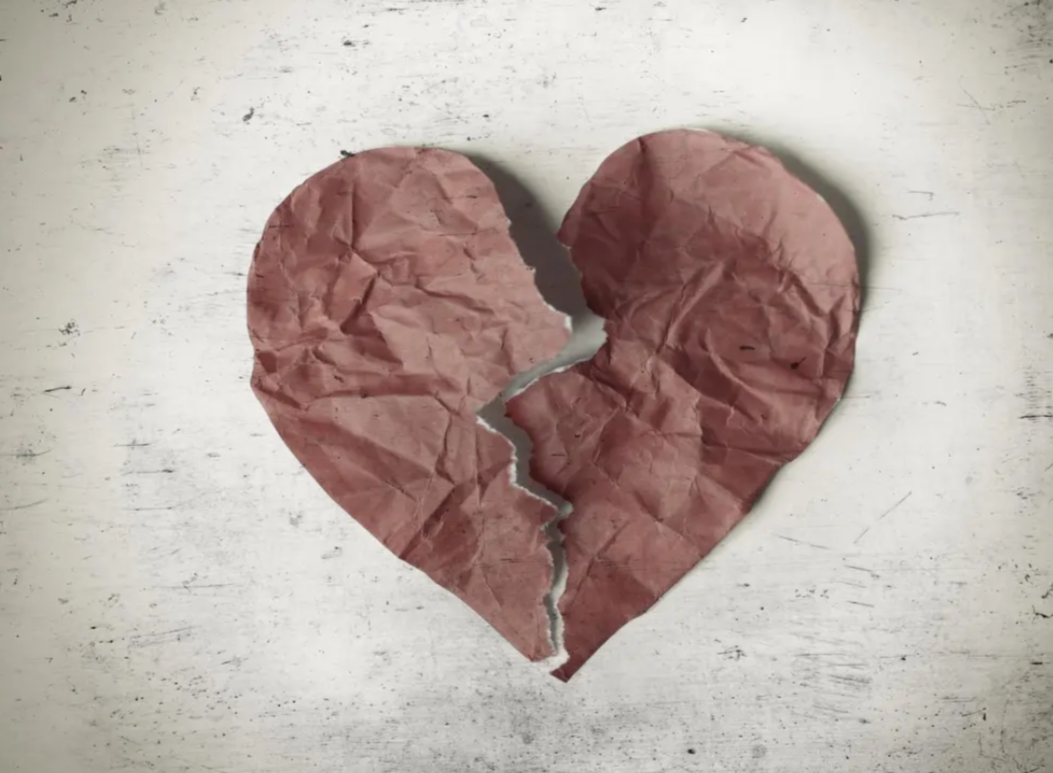Valentine’s Day is a special day for lovers around the world, normally celebrated on the fourteenth of February and meant to be a day filled with happiness and goodwill. Historians have different ideas about the origins of Valentine’s Day, but many of them have to do with Saint Valentine—of which there are at least three. A common narrative is that Valentine, a Roman priest during Claudius II’s rule, defied the emperor’s order outlawing marriages for young men because he thought that single men made better soldiers. Valentine believed it to be unfair and married them in secret. When the emperor found out, he beheaded him outside of Rome. Ironically, according to this account, this holiday was formed because of marital oppression. Just as marriage was outlawed in the third century for young Roman men, same-sex marriage was not legalized in the US until fairly recently, and it continues to be scorned by an concerning percentage of people all around the world. Taking this into consideration, have you ever thought about how Valentine’s Day is perceived by the LGBTQ+ community?
Even though we normally think of Valentine’s Day as a day of celebration, queer people are drastically underrepresented when it comes to this holiday. According to the Independent, as well as various other sources, Valentine’s Day “pushes society’s ideal of what our relationships ‘should’ look like – heterosexual, monogamous, sexual, romantic.” Some articles go even further, claiming that Valentine’s Day promotes the heteronormative, child-centric idea that relationships should be perfect and that a family should have two kids (although I have to admit that I got part of that from Brooklyn Nine-Nine). Overall, Valentine’s Day has remained so promotive of heteronormality that it completely excludes the queer community.
GLAAD is an organization founded in 1985 called the Gay and Lesbian Alliance Against Defamation, with its main goal being advocation for the queer community through social media. Each year, it conducts a study which “takes a deeper look at non-LGBTQ Americans’ familiarity, comfortability, and understanding of the LGBTQ experience.” The GLAAD 2021 Accelerating Acceptance Study found that “LGBTQ people say they’ve experienced discrimination at higher levels in 2021 than last year, with 6 in 10 LGBTQ respondents reporting discrimination based on sexual orientation and/ or gender identity.” These alarming numbers demonstrate the blatant discriminatory attitude that Americans have where the queer community is concerned.
Valentine’s Day is very much a commercialized holiday—its sales generate roughly twenty billion dollars each year. Hallmark makes fourteen hundred different card varieties that people buy for their friends and loved ones, most of which are made for the straight community and very few of which are made for the queer. The lack of consideration for the LGBTQ+ community can make finding a card for a loved one a very unsettling experience for a queer person. If they find a card they like but realize it was made for a heterosexual couple, it can be frustrating for them to have to limit themselves to a minority of options rather than being able to enjoy the majority.
Valentine’s Day is supposed to be a time of joy, but when companies and even society in general push heterocentric ideals onto the world, it can make it miserable for the queer community. But while they are greatly underrepresented, it is still important to note that some noticeable improvements have been made—anti-queer movies have waned in influence and popularity, and more movies starring queer characters are coming into play. One such example is Mathias and Maxime, which explores how a kiss between two men done for a film project leads to true attraction between them. These developments alone, however, are not enough, and the LGBTQ+ community is still far from gaining the representation it deserves.

